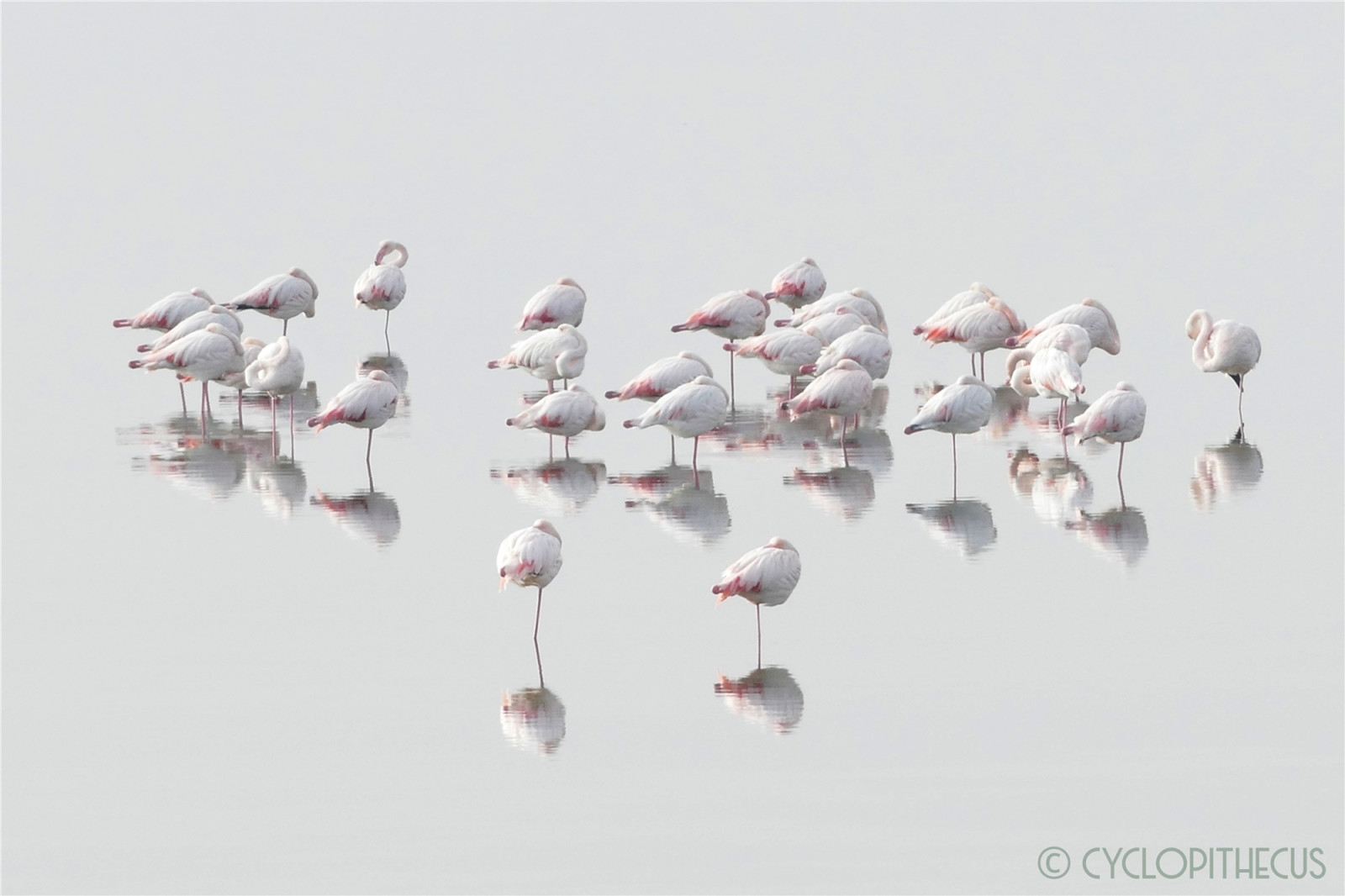Beschreibung
The Po Delta Park, a UNESCO World Heritage site, is the largest park in Emilia Romagna (approx. 60,000 hectares). It comprises a variety of habitats: forests, freshwater swamps and saltwater lagoons, rivers, salt flats and paddy fields, sandy coastlines, and dunes. With over 300 bird species identified in the last few decades, of which over 150 are nesting birds and over 180 are wintering birds, the Po Delta Park represents the most important ornithological site in Italy.
The Po Delta is best explored by bike over the dams. In summer Zwergscharbe, Blauracke, Säbelschnäbler, Rosaflamingo, Steinkauz and 6 species of tern, including Lachseeschwalbe and Weißbart-Seeschwalbe, breed here. Many waders rest here during the autumn migration, and flocks of ducks overwinter in winter.
Details
Zugang
You can go to Porte Levante by car or bike and spend the night there. There is also a campsite in the region. It's a big area where you can make many stops. The route that is shown on the map is 32 km. Click on a P in the map to get directions to a parking.
Terrain und Habitat
Feuchtgebiet , See , Strand , Schlammflächen , Vereinzelte Bäume und Büsche , Fluss , Meer , Dünen , SchilfflächenBedingungen
Sandig , Sumpfig , Hochwasser möglichRundweg
JaIst ein Spektiv nützlich?
JaGute Beobachtungszeit
GanzjährigBeste Beobachtungszeit
Herbstzug , Herbst , Sommer , Winter , FrühjahrszugRoute
asphaltierte StraßeSchwierigkeitsgrad der Tour
DurchschnittlichErreichbarkeit
zu Fuß , Fahrrad , Rollstuhl , AutoBeobachtungshütten oder -türme
JaZusätzliche Informationen
Note: an important piece of information if you want to save yourself a 30 km diversions: the ferry from Porto Levante only operates at weekends outside the tourist season.





